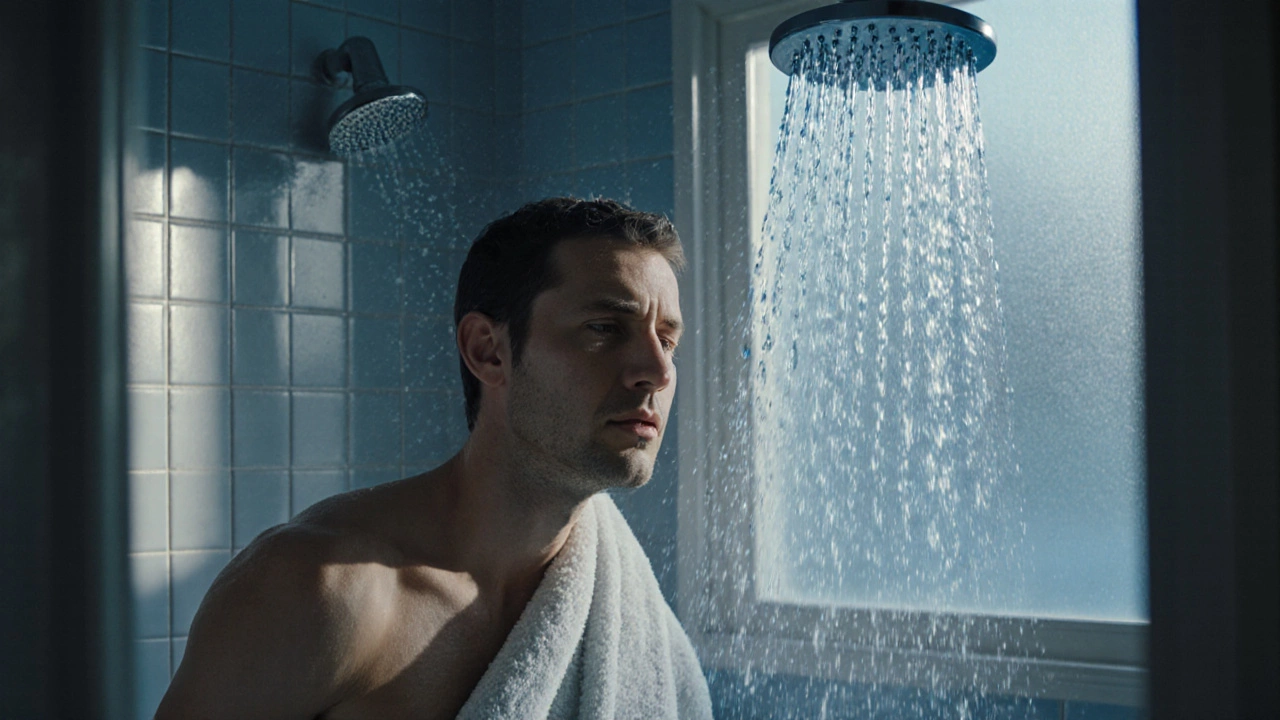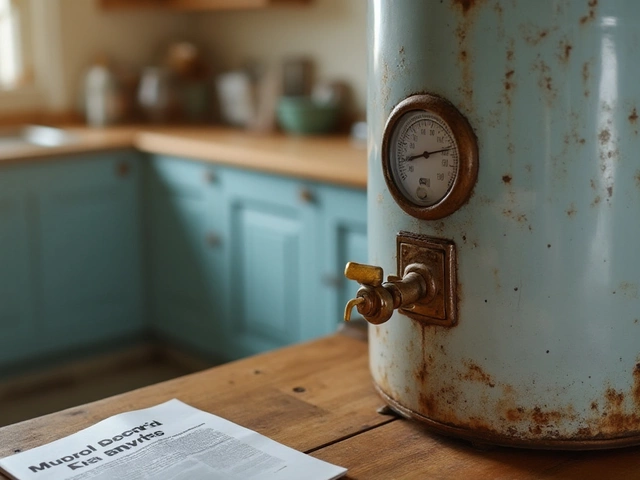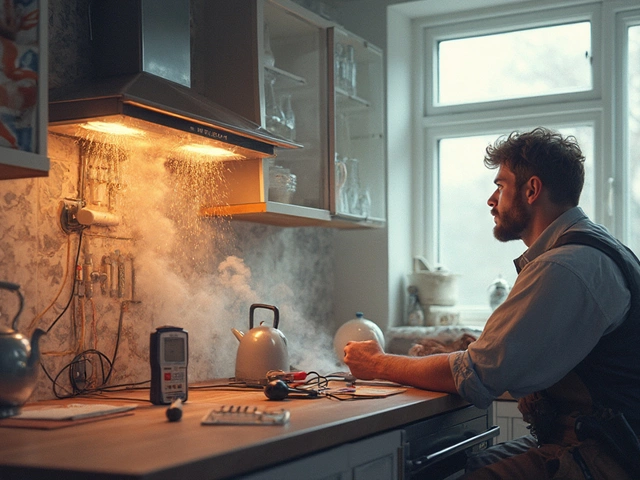When dealing with a cold water issue, the first thing to understand is what the term actually means. Cold Water Issue, the unexpected delivery of cold water from fixtures that should provide hot water. Also known as cold water problem, it often signals a breakdown somewhere in the heating chain. Water heater, the appliance that heats domestic water for taps, showers and appliances can lose its ability to heat, a boiler, the system that supplies hot water and central heating might be under‑pressurised, and faulty plumbing, pipes and fittings that deliver water throughout the home can leak or become blocked. In short, a cold water issue encompasses faulty water heating, requires proper plumbing inspection, and is heavily influenced by boiler performance.
Most homeowners hit three common roadblocks: a mis‑set thermostat, sediment clogging the heating element, or a broken pressure valve. If the thermostat is set too low, the water heater never reaches the target temperature – a quick adjustment often solves the problem. Sediment builds up over time, especially in older tanks; a simple flush can restore heat transfer efficiency. Pressure loss is another silent culprit – when the boiler’s pressure drops below 1 bar, the system may shut off the heating cycle, delivering only cold water. Inspect visible pipes for leaks, listen for dripping sounds, and feel the pipes for unexpected cold sections. When a pipe bursts or a valve sticks, cold water can flood the line, pushing warm water out of the way. Finally, check for a tripped safety cut‑off on the boiler or a reset button on the water heater; resetting these devices often resets the heating cycle.
Even if you’ve run through the basics, a cold water issue can still linger if internal components are failing. Igniter problems in gas ovens, failed heating elements in electric boilers, or a defective thermostat sensor can all keep water lukewarm. That’s why many of our articles dive deeper – from a boiler repair cost guide for 2025 to step‑by‑step reset instructions for water heaters. Below you’ll find practical advice, cost breakdowns, and clear signs that tell you when it’s time to call a qualified technician. Armed with this context, you’ll be better prepared to spot the exact cause and choose the right fix, whether it’s a DIY flush or a pro repair.

Find out why your hot water vanished, walk through quick DIY checks, learn simple fixes, and know when to call a professional for reliable heat restoration.

Repairing an aging laptop can be a tricky decision. This article explores whether it's still worth investing in a 7-year-old device. We'll consider factors like performance, cost, potential upgrades, and environmental impact. Dive in to learn about the practical and sentimental value of maintaining your trusty laptop.

Microwave suddenly dead? It might be the fuse. This article breaks down the real cost of repairing a microwave fuse—parts, labor, hidden fees, and whether you should DIY. You'll get practical tips on when to call a pro, what brands cost more, and how to avoid common mistakes. A straightforward guide to help you fix your microwave without overspending.

Determining when your hot water heater needs replacement isn't always straightforward. This guide explores key signs such as irregular water temperatures, strange noises, and age that might indicate it's time to get a new unit. Understanding these signs not only ensures a reliable hot water supply but also prevents potential damage and higher energy bills. Additionally, we discuss some tips for maintenance to prolong the life of your current system.

Stuck between fixing or swapping your boiler? Discover the real facts, costs, tips, and how to make the right call for your property, budget, and comfort.

Extractor fans are essential for maintaining good air quality in homes, but what happens when they break down? This article explores whether electricians are the right professionals to fix extractor fans, the typical issues these fans encounter, and some maintenance tips to avoid frequent repairs. Learn about the repair process and when it might be time to replace your fan altogether.